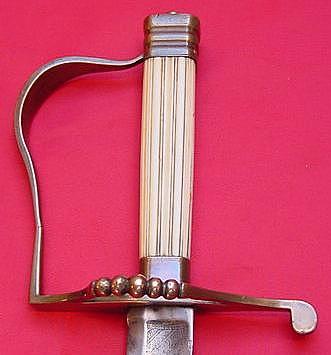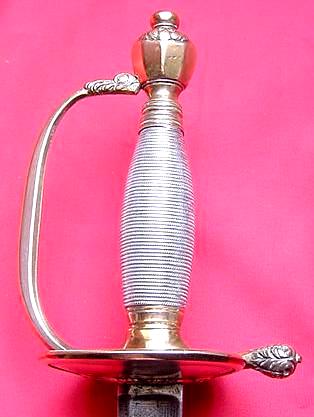
Antique Swords and the World Wide Web
The collector of British military swords and militaria in general, has witnessed a vast number of changes in the last few years. The advent of the worldwide web has probably been the most important. Its global reach has enabled collectors to source many new pieces and provided a dynamic platform for the exchange of information, ideas and images. Dedicated web sites have sprung up to cater for the sword collector and dealers have been quick to embrace the new technology.
Ebay and Internet Auction Sites
Customers can now both view and purchase swords directly from the comfort of their own home computer. Internet auction sites such as E-Bay have also become a mecca for collectors, and every week, several thousand antique swords are traded. E-Commerce can only expand further, and the use of the Internet as both a buying and information tool for collectors, looks set to be a major factor in the market. That is not to say that it is all benefit driven.
Demand Outstrips Supply
It is an old adage in the antiques trade that demand invariably outstrips supply, and this appears to be the current situation when trying to source good examples of British military swords. Although it appears that there is an enormous quantity of swords available to buy, the actual quality of these pieces seems to be diminishing. Added to this is the fact that prices are rising at an alarming rate. Collectors, particularly those new to the market, are seemingly prepared to pay what older hands would regard as silly money for rather ordinary pieces.
Setting Precedents
This has had the effect of setting precedents for the market and what appeared ridiculous before, is regarded as the norm today. The main beneficiaries are the auction houses that have also realised that their business has a global reach and now offer facilities for customers to view and bid for lots online. Gone are the days when only those standing on the auction floor were guaranteed to take lots home. Commission bids frequently win the day. I do not wish to cast an air of doom and gloom over the market but the collector must realise that he or she is not alone, and the quest for a fine piece will inevitably become much harder (and more expensive) in the future.

Investment Value of Antique Swords
That said, the investment value of swords is becoming increasingly acknowledged, and with average yearly increases of around 20%, you will be hard pressed to find a better return in any financial market. Not that many collectors wish to sell their coveted pieces but it is a reassurance to know that once bought, the value of a sword is likely to appreciate over time.
Knowledge Base
On a more practical level, the smart collector has one weapon in their armoury that he or she must never let slip. That is the constant updating of their knowledge base. The purchase of good reference books is crucial. Buy as many as you can afford and devour the information contained within their pages. Suitably armed, you can venture to both auction and Arms Fair with some kind of reassurance that you can actually identify the sword before you.
Arms Fairs and Auctions
Go to as many arms fairs and auctions as you can and also visit public collections. In the case of British regulation swords, I suggest that you become confident in spotting all the different patterns. They are all quite distinctive and it will not take you long to create a good mental picture of each pattern. Whilst at the Fair, take your time when inspecting the sword. Out of courtesy, always ask the dealer first if you can inspect the sword. Two factors can inhibit your judgement. One is the usual poor lighting which can obscure damage and alteration to the sword and the other is the sheer weight of numbers crowded around you. Do not be put off by the fellow behind you who makes it clear that he also wants to view (and maybe, purchase) the piece. If your hand is on the sword first, let him wait. AND TAKE YOUR TIME!

Inspect the Sword Carefully
Check that the blade has not been altered by looking at the tang button – any signs of filing or filler should be treated with caution. If the sword comes with scabbard, put both alongside each-other and compare the blade length with the scabbard length. Scabbards are easily swapped around although some were legitimately replaced during their service life. Take note of sword blades that do not fit snugly and are either too loose or tight. With leather scabbards, tight fitting might be due to genuine leather shrinkage so use sensible judgement. Always draw a sword out of a leather scabbard with the blade held vertically, point down, so as to avoid the danger of bending or breaking the leather.
Patination of Antique Swords
Look at the patination of both hilt and scabbard. Even patination is what you are looking for. A brightly cleaned scabbard and dark patinated hilt are obviously suspicious. In recent times, there has been a spate of spurious inscriptions added to British military blades. Not surprisingly, they are all attributed to notable officers or those involved in famous battles. The etching is invariably very poor and in stark contrast to the original decoration. Compare the two. The Victorian craftsman would never have produced such shoddy work. If it is also being offered at a cheap price, be warned. There are very few bargains in the market anymore. Do not be afraid to haggle with the dealer but do not offer a silly price.
Keep to your Limit!
This is both insulting and makes you look foolish! If attending an auction, always stick to your bid limit and don‘t get carried away. Buying a sword at twice your original limit is not a clever move. Always remember to add on the buyer’s commission.
Above all, enjoy yourself, and remember that the proper care and attention lavished on a fine sword today ensures that it will be available for the pleasure and stimulation of many future generations.
© Article by Harvey J S Withers – militariahub.com
Not to be reproduced without prior agreement.
DO YOU COLLECT ANTIQUE SWORDS?
DO YOU WANT TO KNOW THE VALUE OF YOUR SWORDS?
IF SO, YOU NEED TO PURCHASE THESE FULL COLOUR BOOKS!!
CLICK IMAGES TO BUY YOUR SWORD BOOKS!!

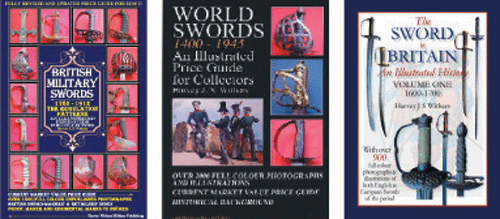









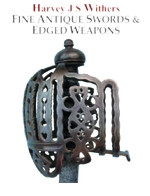



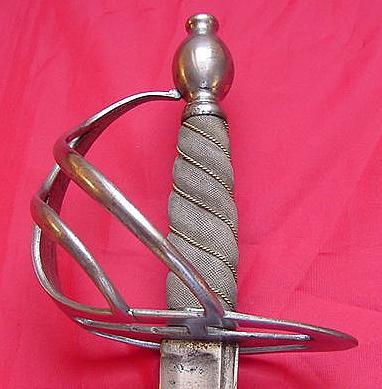


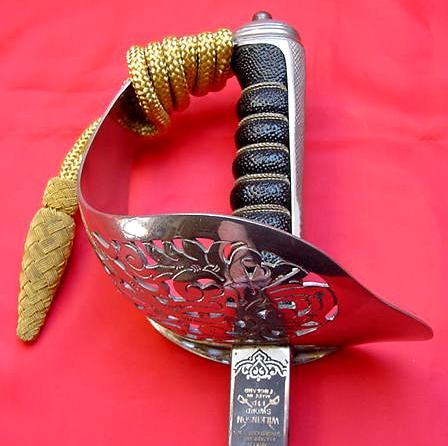



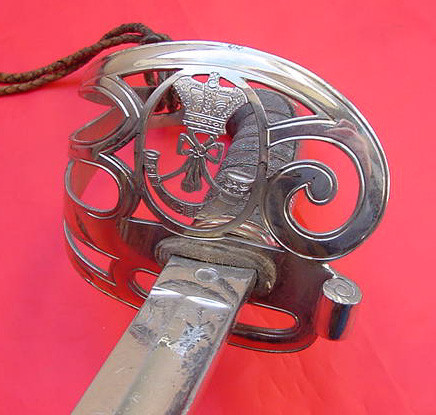



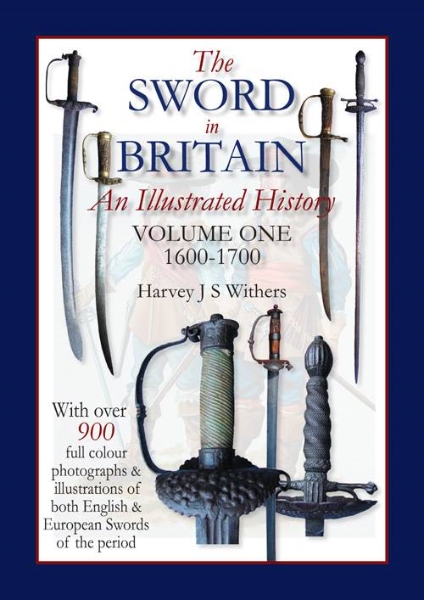


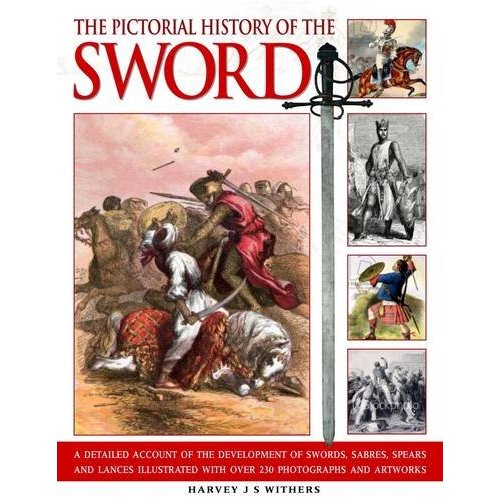

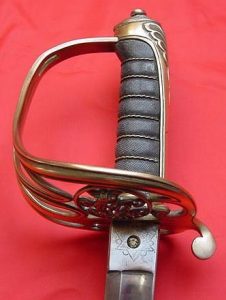









 Here is a selected list of books that will prove useful for the collector of antique swords
Here is a selected list of books that will prove useful for the collector of antique swords